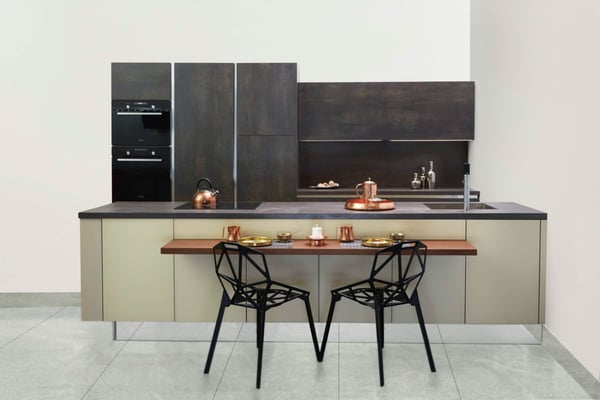Prefabrication and modular construction have been gaining popularity, but there is sometimes an assumption among consumers that these terms are interchangeable. Not only do the two terms refer to different things, there are also many subtypes as well. Here, we’ll break down the differences between prefabricated and modular builds, and discuss the many different construction types that fit within these categories.
Firstly, while prefabricated and modular homes are similar, there are some key differences. Essentially, all modular buildings are prefabricated, but not all prefabricated buildings are modular. When something is prefabricated, it simply means that all of the various parts are pre-built in a controlled factory, based on the specifications of the client. This means that when prefabricated panels and sections are delivered to the construction site, they simply have to be pieced together and secured to the foundation.
Modular structures on the other hand have larger components built offsite, not just panels. They are precision built to fit together, and arrive on site as bigger, more complete sections of a home. In fact, some modular home manufacturers provide a handful of home designs to pick from, but everything is already designed and pre-built before arriving on the site. To get a sense of what these look like, there are some excellent examples by Method Homes. With prefabricated elements on the other hand, there is more assembly and finishing to be done on the construction site.
Breaking down prefabricated components even further, there are a few common building elements that fall into this category. Panelized construction, for example, is one of the most common. With panelized construction, large exterior home panels are factory constructed and joined together on site. Some manufacturers may even include doors and windows in panelized construction. A common type of panelized construction is SIP’s or Structural Insulated Panels. These panels are constructed with a layer of insulating foam in between them, then delivered to the building site ready to be put in place. They are relatively lightweight and prized for their energy efficiency. Concrete panels, though heavier, are another prefab option and well suited to large multi-unit construction.
The most elaborate type of prefabricated construction are kit homes. As the name suggests, kit homes provide you with most of the necessary components of a complete house, which is then constructed on site. These homes were popular and inexpensive in the late 19th and early 20th centuries, and are making a 21st century comeback. However, even though they include many pieces of a house, they still do not fit into the modular category. Author and prefab construction expert Sheri Koones perfectly illustrates why; according to Koones, "unlike modular components, they are not shipping "air" along with their parts, making it easier and less expensive to ship to further distances."
Lastly, the green aspects of prefabrication and modular construction are not to be overlooked. Because so much is built in factory-controlled settings, and because many of the materials used are energy efficient (such as structural insulated panels), prefab and modular construction can be very sustainable. But perhaps the biggest benefit is waste reduction. Prefab builder and owner of ZipKit Homes, Chris Jaussi says in building prefab, he "creates 80% less waste than a typical site built house would."

Recent Posts
- Spec Home Loans: Complete Guide to Construction Financing for Builders
- Spec Construction Loans: A Spec Line of Credit Is Worth the Paperwork
- Spec Homes and Pre-Sale Homes: Relative Benefits for a Spec Builder
- Spec Construction Success: Insights for the Investor Builder
- How Is a Spec House Different From Other Kinds of House Construction?
